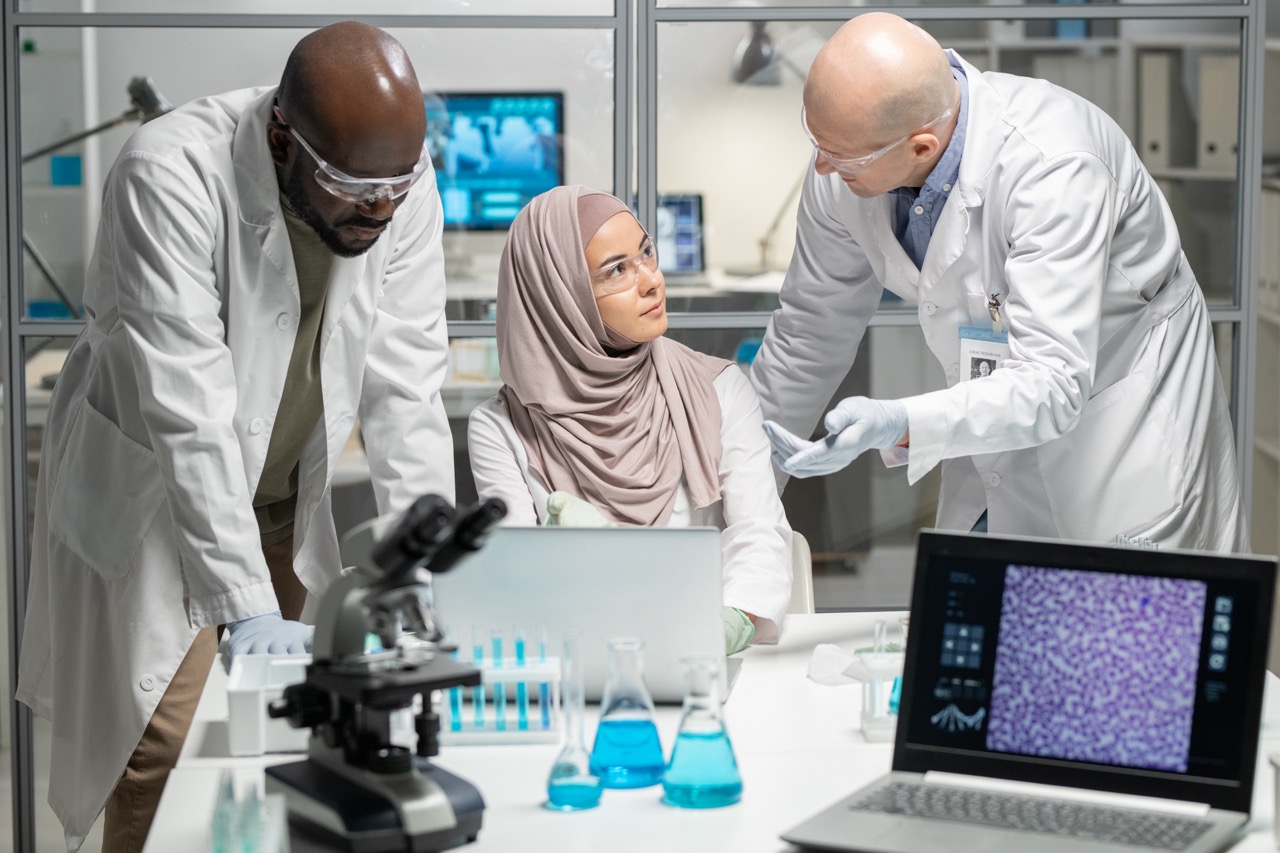The advent of biotechnology has transformed the landscape of medicine and agriculture, paving the way for groundbreaking treatments and innovations. Among the pivotal figures in this revolution is Herbert Boyer, a geneticist whose research has significantly impacted how we understand and manipulate genes. His pioneering work in recombinant DNA technology not only advanced scientific knowledge but also led to practical applications such as the creation of synthetic insulin. This article explores the contributions of Boyer’s lab research to the development of synthetic insulin and its implications for diabetes management.
The Pioneering Work of Herbert Boyer in Biotechnology
Herbert Boyer’s journey into the world of biotechnology began in the 1970s at the University of California, San Francisco, where he focused on microbial genetics. His research concentrated on understanding how bacteria could be modified and used as tools to manipulate genetic material. This foundation laid the groundwork for what would become a revolutionary field known as molecular biology. Boyer’s innovative thinking and rigorous experiments set the stage for discoveries that would change the course of medicine.
In 1973, Boyer, in collaboration with Stanley Cohen, developed a method for isolating and transferring genetic material between different organisms. This breakthrough led to the creation of recombinant DNA technology, which involves cutting and splicing DNA from various sources to produce new genetic combinations. Their pioneering work culminated in the establishment of the first genetically engineered organism, a landmark achievement that opened up endless possibilities for genetic manipulation and biopharmaceutical production.
The impact of Boyer’s research was not limited to theoretical advancements; it also fostered the emergence of biotechnology as an industry. The principles of recombinant DNA technology became the foundation for numerous biotech companies, including Genentech, which Boyer co-founded in 1976. This company would go on to utilize his research to produce human proteins, including hormones and enzymes, thus bridging the gap between laboratory science and real-world medical applications.
Understanding the Role of Recombinant DNA Technology
Recombinant DNA technology is the cornerstone of modern genetic engineering, allowing scientists to create DNA molecules by combining genetic material from different sources. This technique involves several key steps: the isolation of a particular gene, the insertion of this gene into a vector (such as a plasmid), and the introduction of this vector into a host organism where it can be expressed. The ability to manipulate DNA in this manner revolutionized the field of biotechnology and enabled the large-scale production of human proteins.
One of the most significant applications of recombinant DNA technology is the production of insulin for diabetes management. Prior to the advent of synthetic insulin, diabetic patients relied on animal-derived insulin, which was less effective and could cause allergic reactions. Boyer’s techniques allowed for the insertion of the human insulin gene into bacterial cells, enabling these microorganisms to produce insulin that was identical to that produced by the human pancreas.
The advantages of using recombinant DNA technology for insulin production are manifold. It allows for the precise replication of human insulin, eliminates the risk of animal contamination, and significantly reduces the production costs associated with extracting insulin from animal sources. Ultimately, this breakthrough not only enhanced the quality of diabetes treatment but also exemplified the potential of biotechnology to address critical health challenges.
The Breakthrough in Synthetic Insulin Development
The successful production of synthetic insulin, known as humulin, marked a significant milestone in diabetes treatment. In 1982, Genentech, leveraging Boyer’s recombinant DNA technology, became the first company to produce and market human insulin synthesized in bacteria. This breakthrough came after years of research and development, culminating in a product that met the growing demand for effective diabetes management. Humulin was approved by the U.S. Food and Drug Administration and quickly became a game-changer for millions of diabetics worldwide.
The process of developing synthetic insulin involved careful genetic engineering. The human insulin gene was cloned into a plasmid, which was then introduced into E. coli bacteria. Once inside the bacterial cells, the bacteria were able to produce insulin in large quantities. After a series of purification steps, the insulin was harvested, allowing for a stable and reliable source of the hormone that could be administered to diabetic patients.
This breakthrough not only provided a more effective treatment option but also set a precedent for the production of other therapeutic proteins using recombinant DNA technology. The success of synthetic insulin demonstrated the potential of biotechnological advancements in addressing medical needs, thereby stimulating further research and development into other hormones, antibodies, and vaccines.
Impacts of Synthetic Insulin on Diabetes Management
The introduction of synthetic insulin has had profound implications for diabetes management. Patients who previously struggled with the limitations and side effects of animal-derived insulin found relief with the availability of humulin. This new form of insulin not only offered a higher degree of compatibility with the human body but also provided more predictable blood sugar control, which is critical for effective diabetes management.
Moreover, the accessibility of synthetic insulin has improved the quality of life for countless individuals living with diabetes. Patients can now better manage their condition through tailored dosing plans, reducing the incidence of complications associated with uncontrolled blood sugar levels. This advancement has made it possible for individuals to lead healthier, more active lives, significantly enhancing their overall well-being.
Additionally, the success of synthetic insulin has inspired further advancements in diabetes care, including the development of insulin analogs—modified forms of insulin that offer improved pharmacokinetics and greater flexibility in treatment regimens. The ongoing progress in diabetes management, largely fueled by Boyer’s groundbreaking research, exemplifies how innovations in biotechnology can lead to transformative changes in healthcare and patient outcomes.
Herbert Boyer’s contributions to biotechnology, particularly through his pioneering work in recombinant DNA technology, have had a lasting impact on medical science. The development of synthetic insulin stands as a testament to the power of genetic engineering in addressing critical healthcare needs. As we reflect on these achievements, it becomes evident that the intersection of research and practical application has the potential to continue shaping the future of medicine, improving lives, and providing solutions to pressing health challenges. The legacy of Boyer’s work serves as an inspiration for ongoing innovation in the field of biotechnology.










